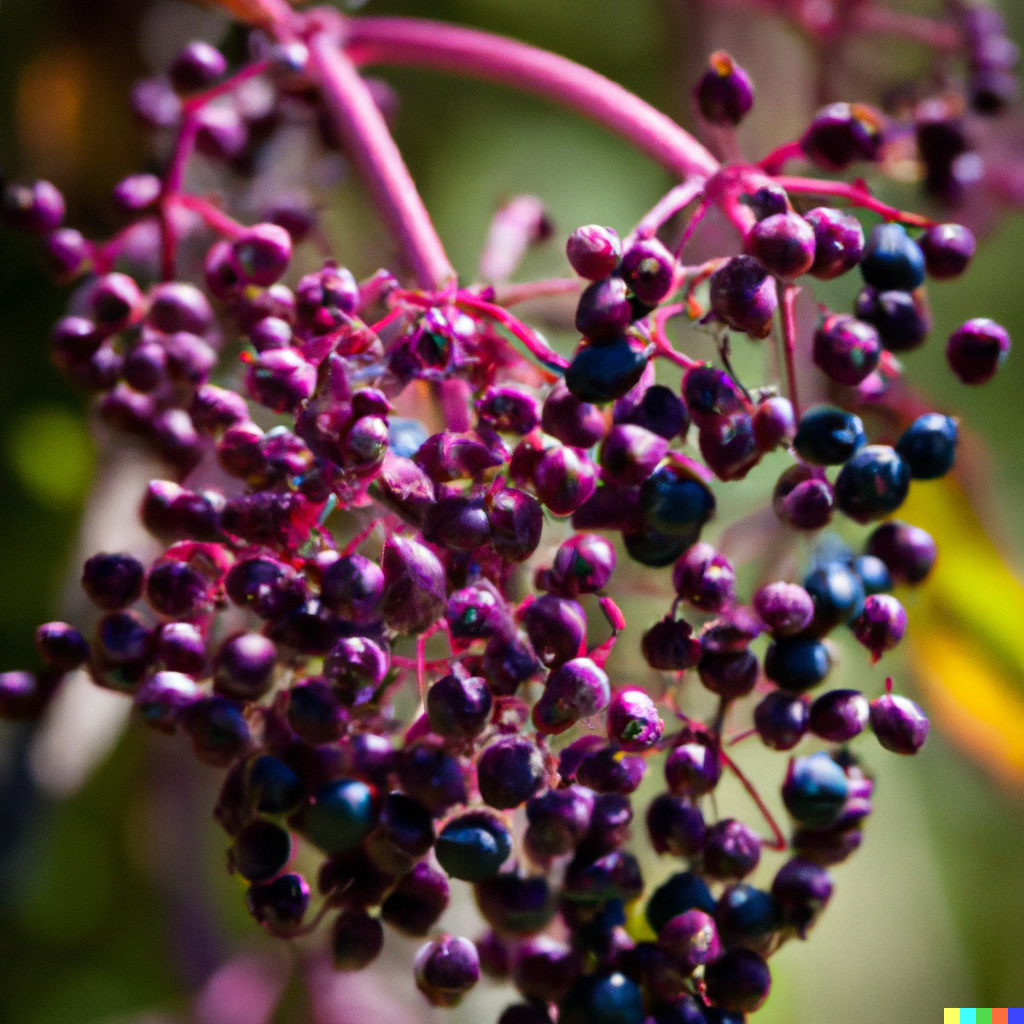The American Fig Company
Purple Lace Elderberry
Purple Lace Elderberry
Couldn't load pickup availability
The Purple Lace elderberry plant is a captivating variety known for its unique foliage and attractive clusters of dark purple berries. With its lacy, finely dissected leaves and stunning purple-black fruits, this plant adds both beauty and functionality to any garden or landscape. The elderberries of Purple Lace have a rich, sweet-tart flavor and are commonly used in jams, jellies, and culinary creations. This plant thrives in full sun to partial shade and is adaptable to various soil types. With its ornamental appeal and edible harvest, the Purple Lace elderberry plant is a wonderful addition to gardens, providing both visual interest and delicious fruits for culinary endeavors.
Latin Name: Sambucus nigra 'Gerda' (Purple Lace Elderberry)
Site and Soil: Purple Lace Elderberries thrive in full sun to partial shade and prefer well-drained soil.
Pollination Requirements: Purple Lace Elderberries are self-fertile but may produce higher fruit yields with cross-pollination from another compatible elderberry variety.
Hardiness: Purple Lace Elderberries are hardy to USDA Zones 4-7 and can tolerate temperatures down to -30°F.
Bearing Age: Purple Lace Elderberries typically start bearing fruit within 2-3 years after planting.
Size at Maturity: Purple Lace Elderberries can reach a height of 6-8 feet with a spread of 6-10 feet.
Bloom Time: The flowers of Purple Lace Elderberries are small, creamy white, and appear in late spring to early summer.
Ripening Time: The fruit of Purple Lace Elderberries usually ripens in late summer to early fall, around August to September.
Yield: Each Purple Lace Elderberry plant can produce a substantial amount of fruit, with average yields ranging from 5-15 lbs per season.
Pests & Diseases: Purple Lace Elderberries can be susceptible to pests such as aphids and borers, as well as diseases like powdery mildew. Regular monitoring and appropriate pest and disease control measures are recommended.
USDA Zone: Purple Lace Elderberries are suitable for USDA Zones 4-7.
Share

Featured Review
"Great! Great! Great! Great! Great!"
✰✰✰✰✰
- JARREN -
